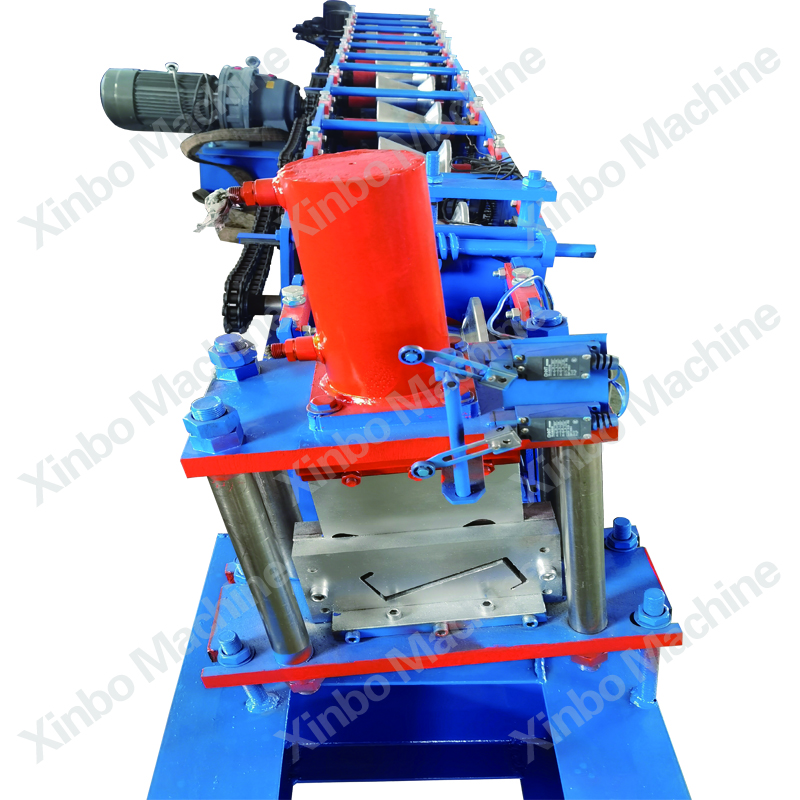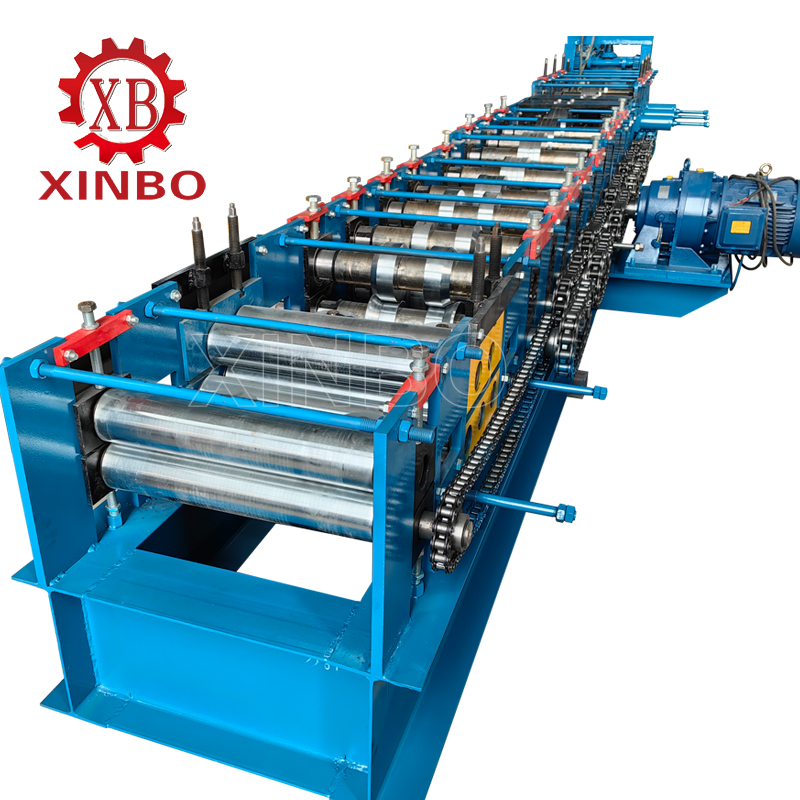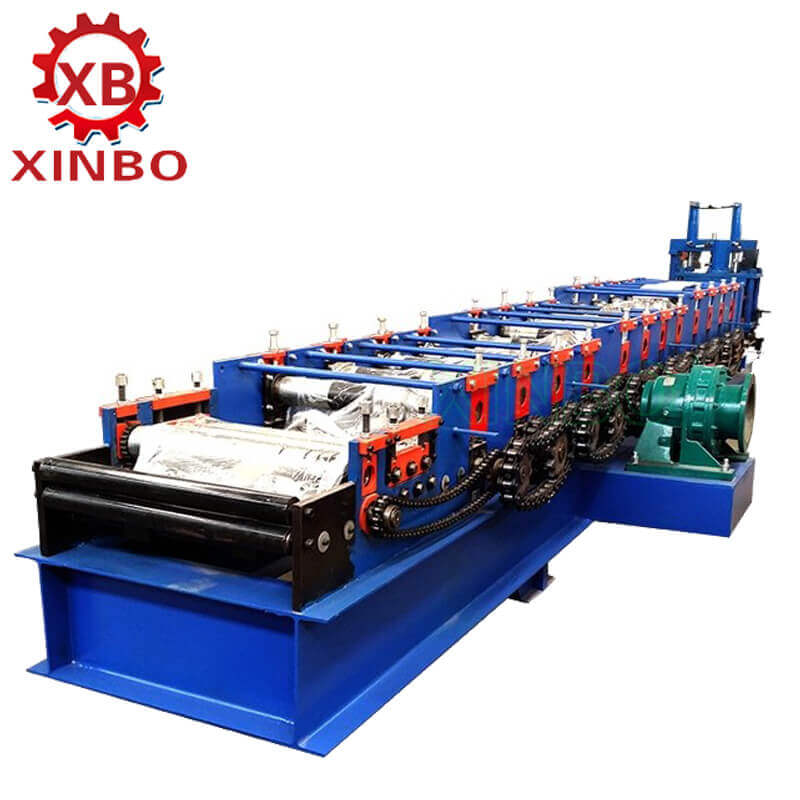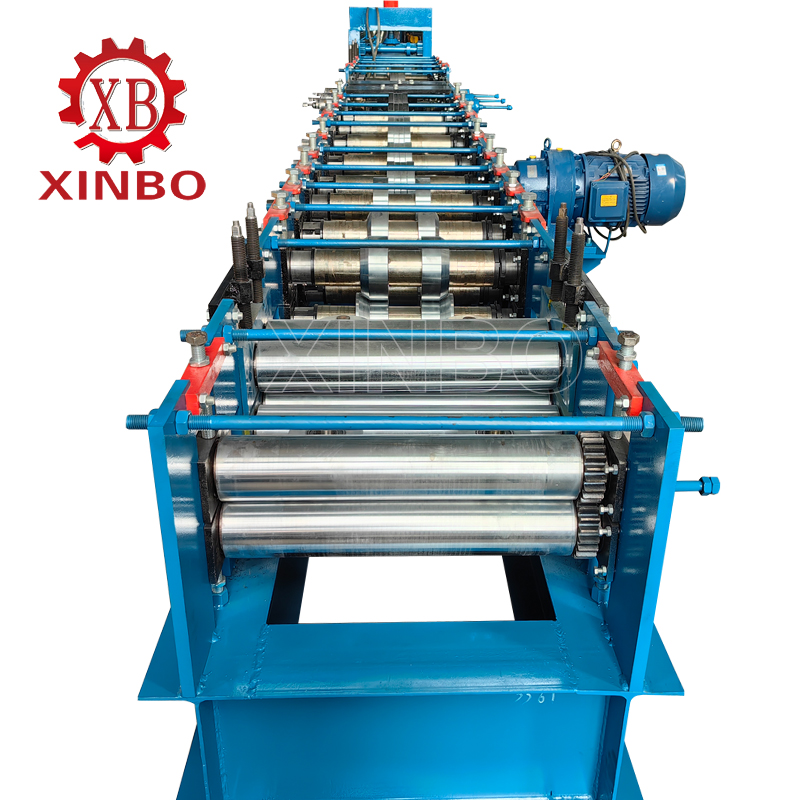What is the History of Roll Forming Machine?
The roll forming machine, an equipment in molding technology, boasts a rich history dating back to the Industrial Revolution. Nowadays, the roll forming machine has progressively emerged as an essential instrument in industry production. Following content provides a comprehensive exploration of the historical trajectory of this notable machine.
Origin and early application
The advent of the roll forming machine can be traced back to the latter part of the 19th century. This period marked an escalation in industrial revolution activities, which brought about a pronounced necessity for molding equipment within the burgeoning metal processing industry. The primitive incarnation of this cutting-edge technology was primarily designed to process sheet metal through continuous stamping and bending, executed by two rotating rollers. Simplistic yet essential, these rudimentary roll forming machines established a steadfast groundwork for future advancements.
As we embarked on the 20th century, industries associated with automotive manufacturing and construction experienced an uptick that precipitated an amplified demand for sheet metal forming processes. As such, application of roll forming machines underwent expansion to cater towards elements requisite in car body production, architectural components and intricate metallic parts amongst others. Significantly during this era, emphasis on design precision took precedence in tandem with enhanced stability features within these machines–a vital measure undertaken to guarantee high-quality output as their primary deliverable.

Development and technological innovation
By mid-20th century, scientific and technological advancement had significantly enhanced the design, manufacture and operational proficiency of roll forming machines. Notably, breakthroughs in material science and automation technology solidly bolstered their development.
In reference to material sciences, innovative metal materials paved the way for roll forming machines to process high-strength, corrosion-resistant metallic products. Further attention was drawn to ceramics along with other non-metallic compound formation processes – paving a wider path for applicability within various sectors.
With respect to automation technology, leveraging programmable controllers alongside sensors has permitted more precise and efficient moulding operations via roll forming machines. Employing advanced control systems with effective feedback mechanisms enables automatic adaptation around roller speed, pressure as well as positioning according to different processing needs of diverse materials or shapes.
Furthermore, computer technology proliferation has initiated comprehensive use of Computer-Aided Design (CAD) besides Computer-Aided Manufacturing (CAM) technologies during the designing phase of these machines. Implementing such methodologies renders not only precision-based designs but also promotes manufacturing efficiency – thereby amplifying product quality while boosting production efficacy.
Improvement and perfection
With the continuous development of industrial production and market demand changes, roll forming machine is also constantly improving and perfecting. In the 1970s and 1980s, with the advancement of microelectronics technology and control theory, roll forming machines began to introduce more advanced control systems and sensor technology, to achieve precise control of the molding process. At the same time, the roller design of the roll forming machine has also been optimized, making the molding accuracy and efficiency has been further improved.
In addition, the roll forming machine has been expanded in the choice of materials. In addition to the traditional metal materials, ceramics, plastics and other non-metallic materials have gradually become an important object of roll forming. The addition of these materials not only broadens the application field of roll forming, but also puts forward higher requirements for the design and manufacture of roll forming machines.
Modern application and future development
Into the 21st century, roll forming machine has developed into a highly automated and intelligent molding equipment. With the concepts of Industry 4.0 and intelligent manufacturing, roll forming machines are gradually developing in the direction of digitalization, networking and intelligence.
Modern roll forming machinery typically boasts advanced CNC systems and sensor technology, enabling meticulous control and quality assessment throughout the molding procedure. The integration of technologies such as Internet of Things (IoT) and cloud computing empowers these machines with remote monitoring capabilities, fault diagnosis functionalities, and automated maintenance – foster improvements in both the reliability and lifespan of the equipment.
Concurrently, alongside the advent of progressive innovations like 3D printing and additive manufacturing, there’s a specifiable intersection between these fields with modern roll forming techniques. This confluence nurtures a more proficient and ecologically sustainable approach to molding methods. Looking towards the future, we anticipate broader application scope for roll forming machinery across varied sectors; thereby invigorating industry development through its innovative solutions.

Conclusion
To summarize, the evolution of roll forming machinery signifies an enduring journey characterized by incessant advancement, innovation, and adaptation to dynamic market needs. It epitomizes not solely a testament to the progression in industrial technology but also serves as a driving force propelling overall industrial growth. Moving forward, the role of roll forming machines will perpetuate its significant contribution towards scripting prolific chapters in technological brilliance while lending further intellectual capital and prowess to promote industrial civilization’s development.
Related Posts

Good quality
XinBo machine making CO. LTD is a professional manufacturer and exporter in roll forming machine,
VIEW MORE→

 Spanish
Spanish Russia
Russia








